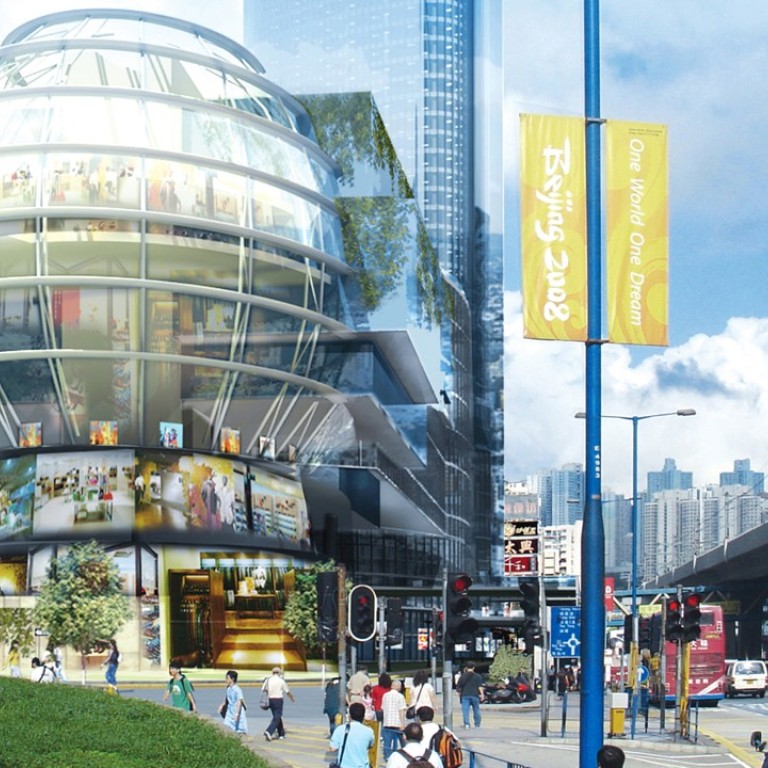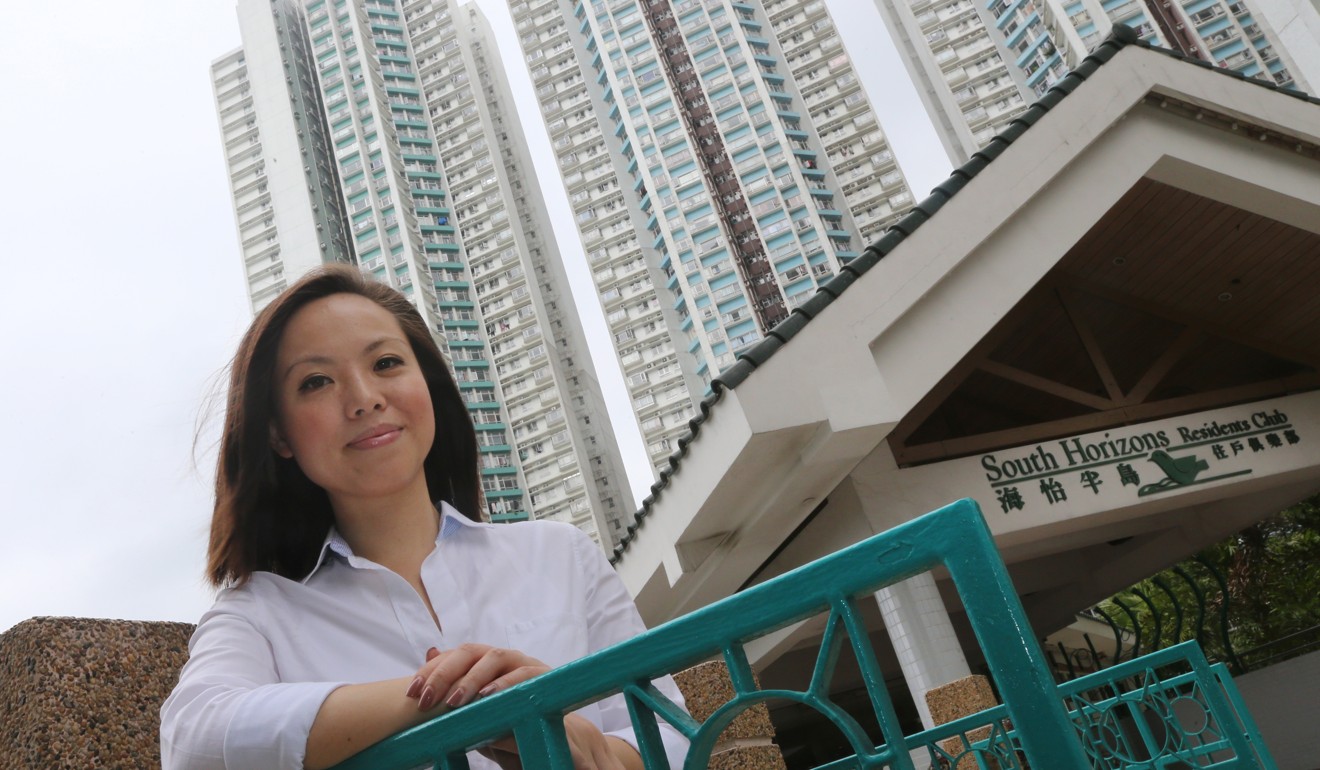
Change in plans for iconic ‘goose egg’ building in Kwun Tong project ruffles feathers
Wider consultation should have been launched, concedes URA board member Judy Chan Ka-pui, who says she was kept in dark about details of new plan
Hong Kong's Urban Renewal Authority is drawing flak over a change in plans for an iconic oval-shaped building in a major Kwun Tong redevelopment project, with one board member conceding that a wider consultation should have been launched for the new design.
Southern District councillor Judy Chan Ka-pui said she had been kept in the dark about the changes laid out in a plan submitted to the Town Planning Board despite being a non-executive director in the authority.
Occupying about 570,000 sq ft, the multibillion-dollar Kwun Tong Town Centre Project will be the largest single project undertaken by the URA, affecting about 1,653 property interests and about 5,000 people.
At the centre of the redevelopment project was a unique office and retail complex shaped like a goose egg. The project’s design was supported by residents back in 2007.
However, this landmark was taken out of an amended plan submitted by the authority to the statutory board in June, sparking a public outcry. The change was made due to concerns over practicality and ease of management.

Speaking on a radio programme on Thursday, Chan admitted that the authority should have done a better job in seeking residents’ consensus on the change of design.
“In early April, the authority met with the Kwun Tong district council, but only with a working group on development matters,” she said.
“As a district councillor myself, if there were such a major project in the Southern District, I feel it would be necessary [for it to be discussed] in a full council meeting.”
Chan, whose role is one more of monitoring the authority, said she needed to reflect on why she was not told about the matter early.
“These big changes were not discussed during our board meeting,” she said. “These details were only mentioned in a working group.”
Chan said she would bring the matter up to the board. But she stressed that the design in the plan submitted to the board had not been finalised and could still be discussed.
Lawmaker and Kwun Tong district councillor Jonathan Ho Kai-ming, who was on the same radio programme, said he was told by the authority’s managing director, Wai Chi-sing, that the design was not finalised and that the authority would attend the next meetings of the working group and the full council to get the views of the district councillors.
But Ho said he believed the authority made this move only after it was put under pressure.
“I hope the authority will not change [plans] majorly after getting residents’ consensus, or it is not respecting their opinion,” he said.
Pan-democrat lawmaker Jeremy Tam Man-ho, who was also on the programme, criticised the URA for changing the design of the landmark because ofworries over practicality. He cited the authority’s reply to the district council stating that the goose egg design was taken out to make it more practical and easier to manage.


